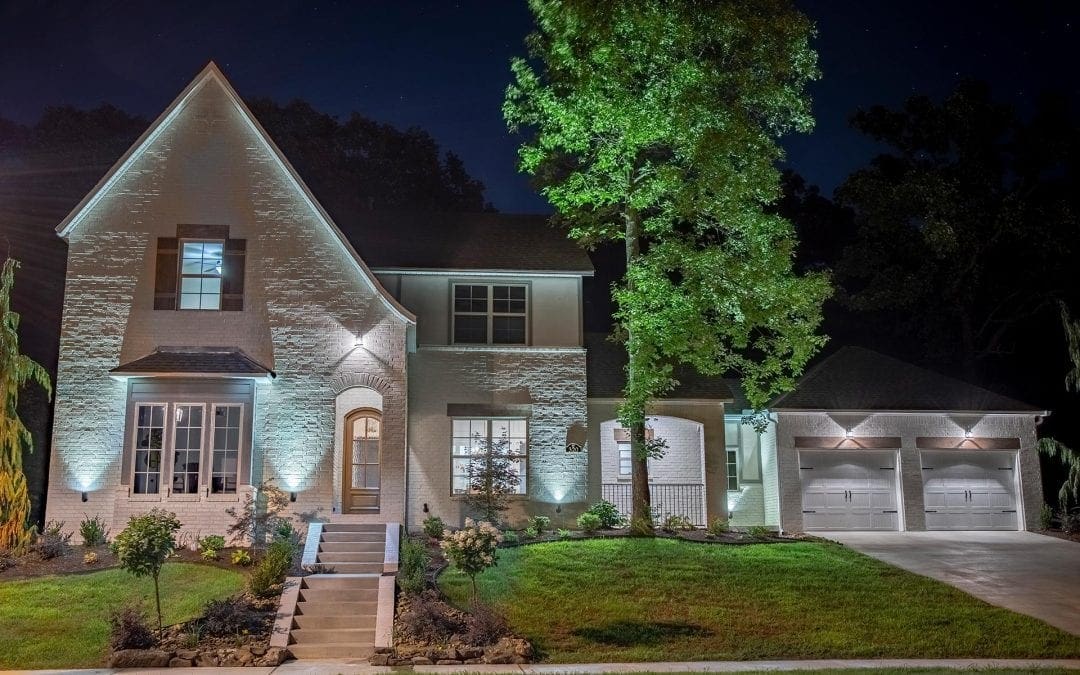Here at Cobblestone Homes, we pride ourselves in our dedication to energy-efficient homes! We take several measures to ensure that your new home is energy-efficient, keeping you comfortable in NWA’s steamy summers and cold winters. Not only is your comfort on the line, but your wallet and the earth’s resources are, too.
Many of the techniques we use for energy efficiency involve how your new-construction home is insulated. We insulate the slab of your home, creating a barrier between the concrete and the temperatures outside. While framing, we use 24-inch-on-center studs, reducing the ways air can sneak around and through insulation; we also frame to eliminate areas without insulation. We also implement heating options that conserve energy: geothermal heat pumps and a heat pump water heater when requested.
Cobblestone Homes sets you up for energy-saving success, giving you valuable tools to help cushion your wallet with savings. Even though we take so many steps to help boost the energy efficiency of your new home, you as a homeowner can do to bolster your energy savings.
Use Your Thermostat the Way It’s Meant to Be Used
One of the easiest energy fixes in your home is using your thermostat wisely. Programmable and smart thermostats are designed to help you save energy and keep your home comfortable without unnecessary hassle. Set it to an energy-saving mode while you’re sleeping and when you’re away. As a rule of thumb, use the 5-to10 rule: set it 5 to 10 degrees cooler while you’re at work during winter and 5 to 10 degrees warmer while you’re at work in the summer. The same for while you’re asleep: don’t adjust it so you’re miserably hot or cold, but several degrees difference can greatly impact your energy bills.
Harness the Sun – or Block Its Heating Rays
Winter may be cold and dreary, but when the sun shines bright during this time, harness that heat and open the curtains on the sunny sides of your home to allow the sun’s warmth to peak into your living space. Too much sun, you say? Consider using your outdoor landscaping to help block some of the sun that gets in during the summer. A deciduous tree that loses its leaves during late fall and winter will still allow some of the warm sun in during the coldest months, while its leafy body will shade your home during the hottest summer days.
The Little Things
Sometimes it’s the little things that make the difference, and the same can be said for your home’s energy usage. Consider reducing your shower time – a 10-minute shower uses around 5 gallons less water than a bath. And while it may seem too simple, using your lighting only when you need it can go a long way.
For more information on creating a more energy-efficient living space, check out Energy Star, a voluntary program from the U.S. Environmental Protection Agency.


Recent Comments